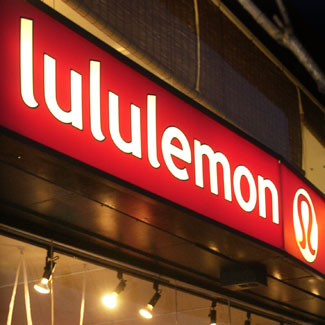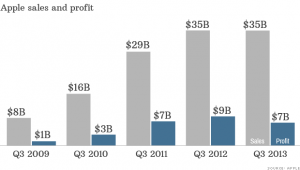The company View the Vibe founded in Toronto by Nicki Laborie “uses technology to interact with consumers” that serves as a promising future strategy for restaurants to run their businesses in a more interactive, socially-aware and attractive way.
View and Vibe provides lively taken videos that portrays the intimate experiences, the atmosphere, service, food and network that customers can expect in the restaurant. Commented by Ms. Laborie in an interview, “These days, a video can properly showcase everything from the food, to the ambience, to the type of clientele, to the overall vibe.”
The whole idea of View and Vibe introduces restaurants( and even other types of businesses like clothing retail stores) to a higher aspect of doing activities. This use of “differentiation strategy” can make this business stand out from its competitors with a close daily-basis interaction with customers and credible transparency. Imagine one could pre-experience the restaurant before going for the first time, ordering from digital menus, and even paying “anywhere with a card on a smartphone”, efficiency and convenience for both customers as well as the company would be significantly enhanced. And guess what this leads to eventually—profitability from increased revenues and less personnel costs.
Imagine one could pre-experience the restaurant before going for the first time, ordering from digital menus, and even paying “anywhere with a card on a smartphone”, efficiency and convenience for both customers as well as the company would be significantly enhanced. And guess what this leads to eventually—profitability from increased revenues and less personnel costs.














